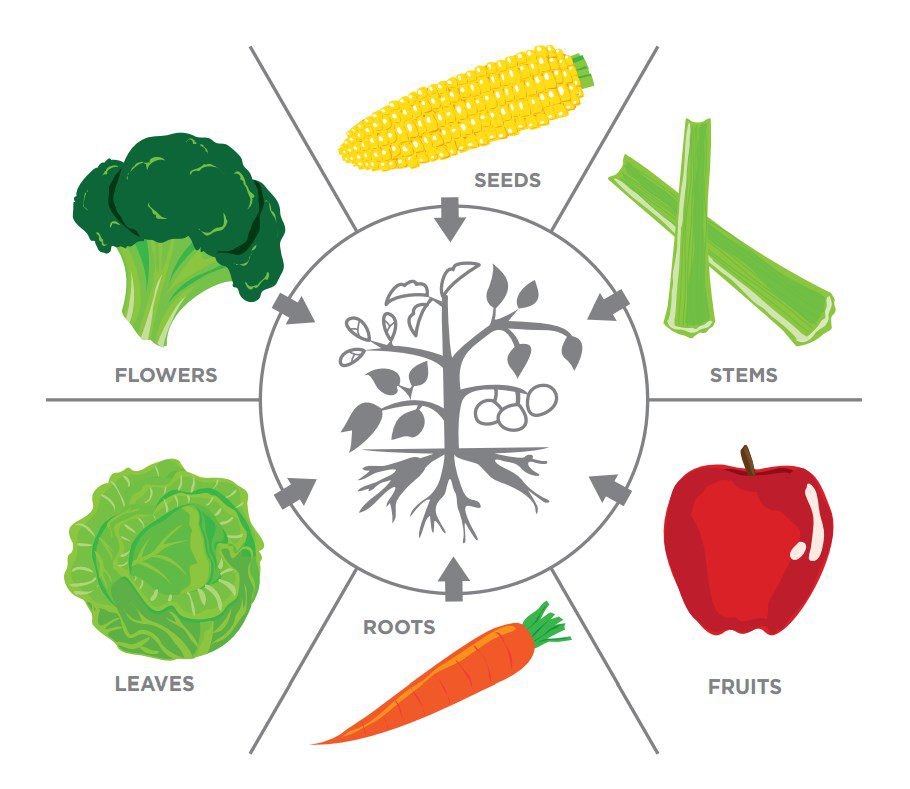Plant What You Eat
In planting vegetables in your yard, you have to consider how much space you have and how big or small you would prefer the area to be. Here are some tips for a small, medium, or more extensive vegetable garden.
I have used gaura in both containers and ornamental beds, and it did well in southwest Florida. It was cut back when the flowering declined, which made it grow back stronger and produce another round of flowering.
Garden Size
For the small garden space, you can plant your vegetables in pots or containers. You can purchase plants that are modified for container growth, like patio tomatoes or hanging baskets.
Vegetables
There are numerous varieties of vegetables that can be grown in containers on your deck. Medium size gardens can be made in raised garden beds. Raised beds provide a barrier on the bottom and sides to prevent weeds and at the same time provide a controlled area to hold your amended soil.
When planting, think about value-added plants. If you want to cut down on the amount of money you spend on fresh vegetables, grow plants that produce higher-priced fruits. Fresh tomatoes and eggplants have a higher value than sweet corn or garlic.
Growing Parsley
Parsley is one of the most useful all-rounder herbs that we grow. I make two or three sowings a year – the first in January, then April, and finally one in August.
This ensures a limitless supply of parsley right through the seasons. I always used to sow parsley direct where it was to grow and then thin it heavily, but I now sow it in seed trays and transplant it into plugs.
It needs warmth to germinate, and we use a heated bench, but a windowsill above a radiator works too. Once the seedlings emerge, they will not need any extra heat.
Like all mid-winter ones, the January sowing is slow to get going but provides plants in February, ideally to go into a greenhouse or tunnel.
Alternatively, plant out into the garden under cloches, at 15-25cm spacings, to encourage huge, healthy plants to develop as soon as the soil warms up.
Region planting
For Ohio, I would suggest that you buy plants rather than seeds with our short growing season. Most of the vegetable plants you buy from the garden store can go directly outdoors.
Don’t get all scientific on “How to Garden.” Plant whatever you like to eat and what grows best in your yard.
Maintenance
All gardens require a little maintenance from time to time, but watering is a big problem. It can be too small or too much that can cause a garden problem.
It is a natural response when you notice the plants wilting in the hot summer sun to grab the hose and flood the garden with water to bring the plants back to life—watering your plants at the base of the plant early in the day.
Conclusion
Plant what You Eat
Do not get water on the fruits or leaves of the plant in the heat of the day.
I like planting hot peppers because they are colorful.
The animals won’t eat them, and I can use them for cooking on the grill. So, relax, enjoy the sunshine and the feel of the dirt in your hands!
Be sure to take a moment to notice the birds and butterflies sharing your garden with you — after all, gardening should feed your soul.




























Comments are closed.